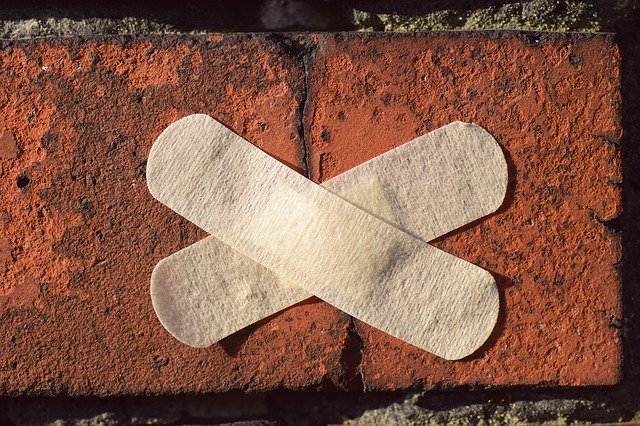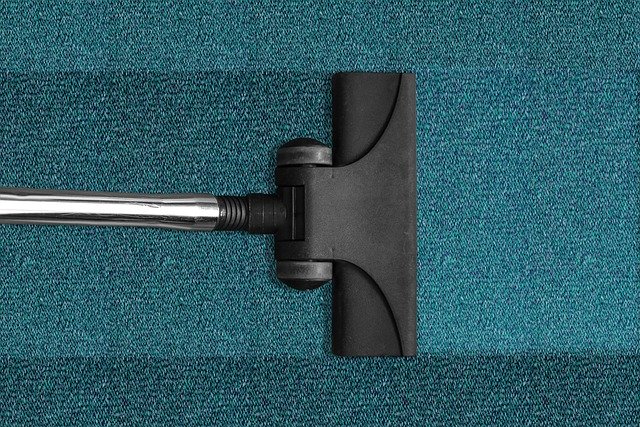Picture the scenario: you let a tenant lease out your beloved home which was once, perhaps, your family home. Maybe you know the tenant already, or perhaps you just have a feeling they’re trustworthy people, so you don’t think an inventory is necessary… Fast forward to six months or a year down the road and those tenants have decided to move on. So far so good.
Before their moving day comes, you go to them and you see the wallpaper is ripped, there are marks on the paintwork, footprints on the mats, an enormous scratch on a worktop. You’re not best pleased at the very least, and you point out the issues.

You gently ask the tenants to resolve these problems before they move out but, to your horror, they let you know that it was that way when they moved in! You had taken a deposit but you have absolutely no evidence to claim that this damage was done during the tenancy because you have no inventory. And the tenants are denying all responsibility. What can be done? The answer is, pretty much nothing.
Regrettably, this will generally need to be chalked up as a lesson learnt and in the meantime, you have to devote your rental income to the maintenance and aren’t able to get a brand new tenant straight into the property.
An inventory is a binding legal document which provides a precise written record of the condition and contents of a home at the start of a tenancy.
It’s never ever been the law that you have to get an inventory, but if you do have one, one that is preferably prepared by an independent business, it will make life easier for you to be able to deduct monies from a tenant’s deposit to make good any damage done.
The Importance Of An Inventory
The inventory is only good if it’s accurate, so all defects have to be observed. Some landlords don’t realise that, although descriptions can appear uncomplimentary, it’s these descriptions that will enable them to confirm whether a tenant caused harm. Therefore, they need to be known.
Photographs are usually invaluable to go along with explanations. The images are going to immediately show the difference between a property on moving in compared to moving out. It’s an easy guide, but there should also be a written description of what has changed.
It’s suggested that a home is cleaned to a professional standard for the beginning of a tenancy, paying specific care to carpets, upholstery, curtains, bathrooms and kitchens. If something is soiled at the beginning of a tenancy a tenant can’t be charged to clean it at the conclusion. Landlords may also be encouraged to remember all receipts.

When a tenant is prepared to transfer right into a property, they need to proceed through the inventory carefully and also sign to accept the problem inside the article is as stated. If they have some discrepancies, they should be rectified or mentioned on the listing and initialled.